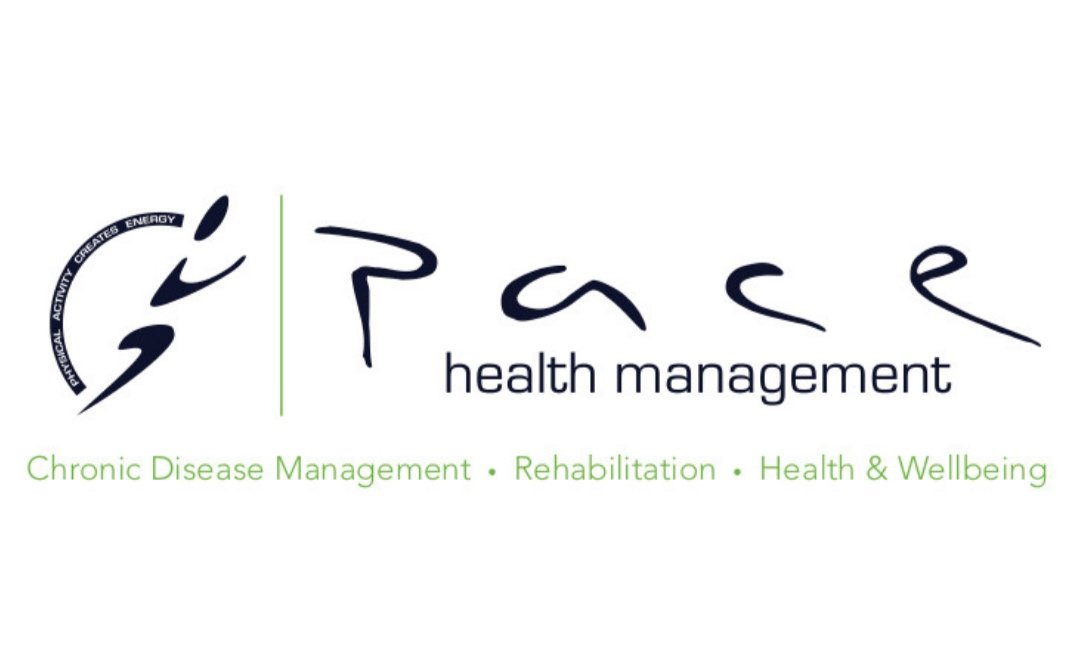A Pain In The Neck
By Ben Southam - Accredited Exercise Physiologist
45% of workers today will experience some form of neck pain during their working life, so it is becoming increasingly prevalent that you may, or perhaps already have, experienced some form of neck pain.
Typically, symptoms include:
Localised pain
Neck tightness and reduced range of movement at the neck & shoulders
Referred pain down the arm
Neural tingling in the fingers
Headaches and trouble concentrating
Tiredness
The good news about neck pain is that usually it is not caused by a serious medical condition. However, if you have any accompanying symptoms such as fever, nausea or vomiting you should call your doctor immediately.
But what causes neck pain?
The overwhelming cause of neck pain is through muscle strain which subsequently effects upper body posture. We are often oblivious to how much strain we subject our neck to everyday. Sit back (and upright) and think about how many minutes/hours you spend sitting at a desk looking at a poorly set up desktop or…. a Laptop, how often you sit watching TV or how often you look down at your mobile phone to text, facebook, Instagram or snapchat.
In fact, Australians now spend over 10 hours per day on electronic media according to the a recent McCrindle Research. This accumulation of stress places immense strain through your cervical spine as it tries to support your head. Remember, your head weighs on average 4.5-5kg!!! that’s the equivalent to a bowling ball.
Text neck is a real thing!
Researchers are now showing that for every inch your head moves forward past your shoulders an extra 4.5kg/force is applied through your cervical spine. This can add up quickly and it is often this repetitive strain that starts to change our posture and causes our muscles to become tonic (i.e. tight) or phasic (i.e. weakened).
A simple and easy way to describe the changes that occur is through the below diagram. Dr. Vladimir Janda, a neurologist and physiatrist, summarised the muscular changes that occur with what he described as “upper crossed syndrome”
Janda's Upper Crossed Syndrome of muscular imbalance >>>>>>>>>>>>>>>>>>>>>>>>>>>>>>
So what can you do to alleviate or prevent neck pain? Some simple strategies you can implement are:
Limit hand held phone use
Limit time spent in front of a TV & computer
Complete an appropriate mobility & stability program to improve your upper body posture
Hands on manual therapy when symptoms present
Improved workplace ergonomics & posture strategies
Avoid sleeping on your stomach as this places the neck under extra strain
Manage how heavy you carry backpacks (general rule = <15% of your body weight)
The most effective way to understand and manage your neck pain is by getting a qualified health professional to complete a thorough assessment. From this, a suitable management strategy should be implemented and followed.


